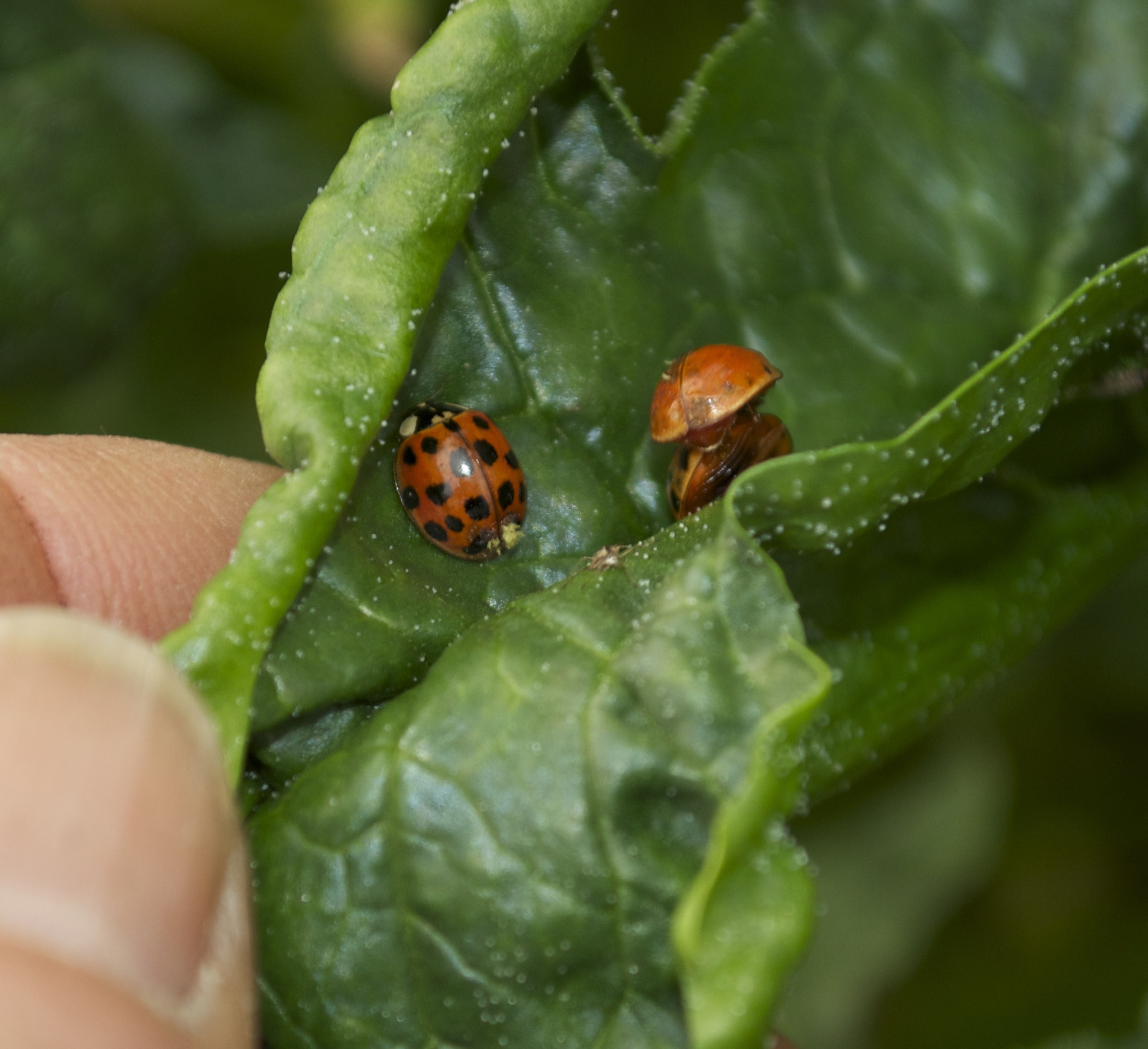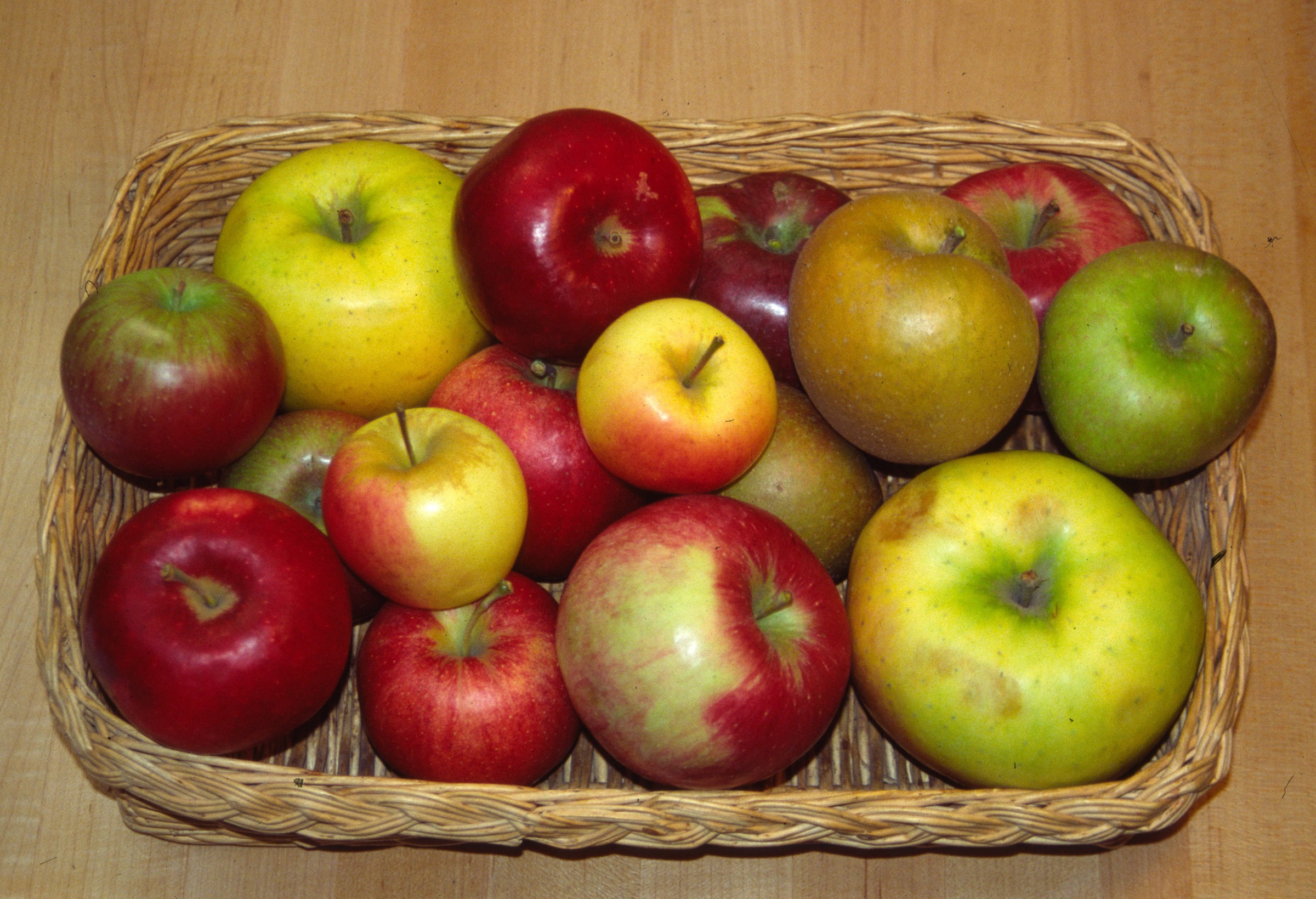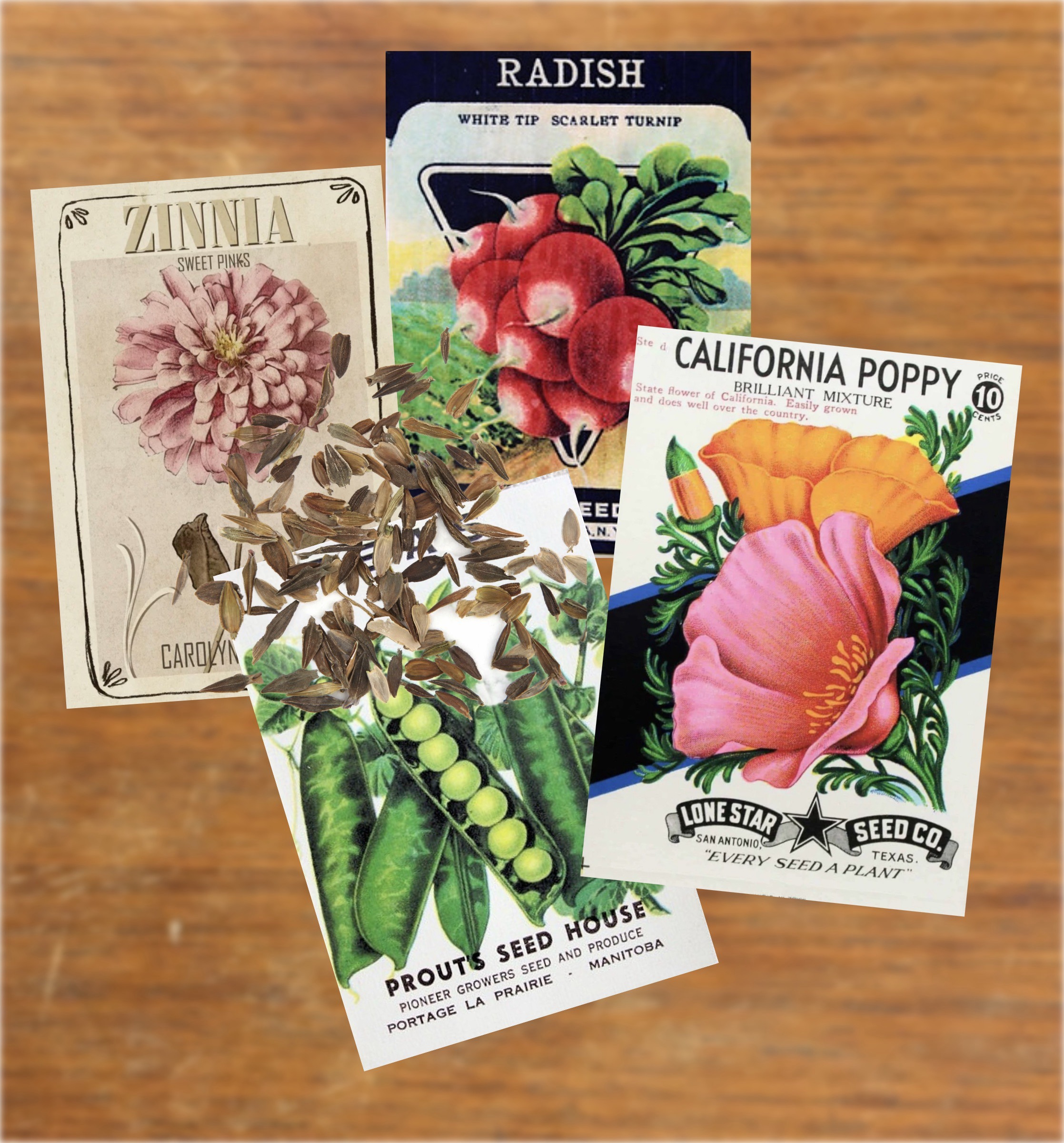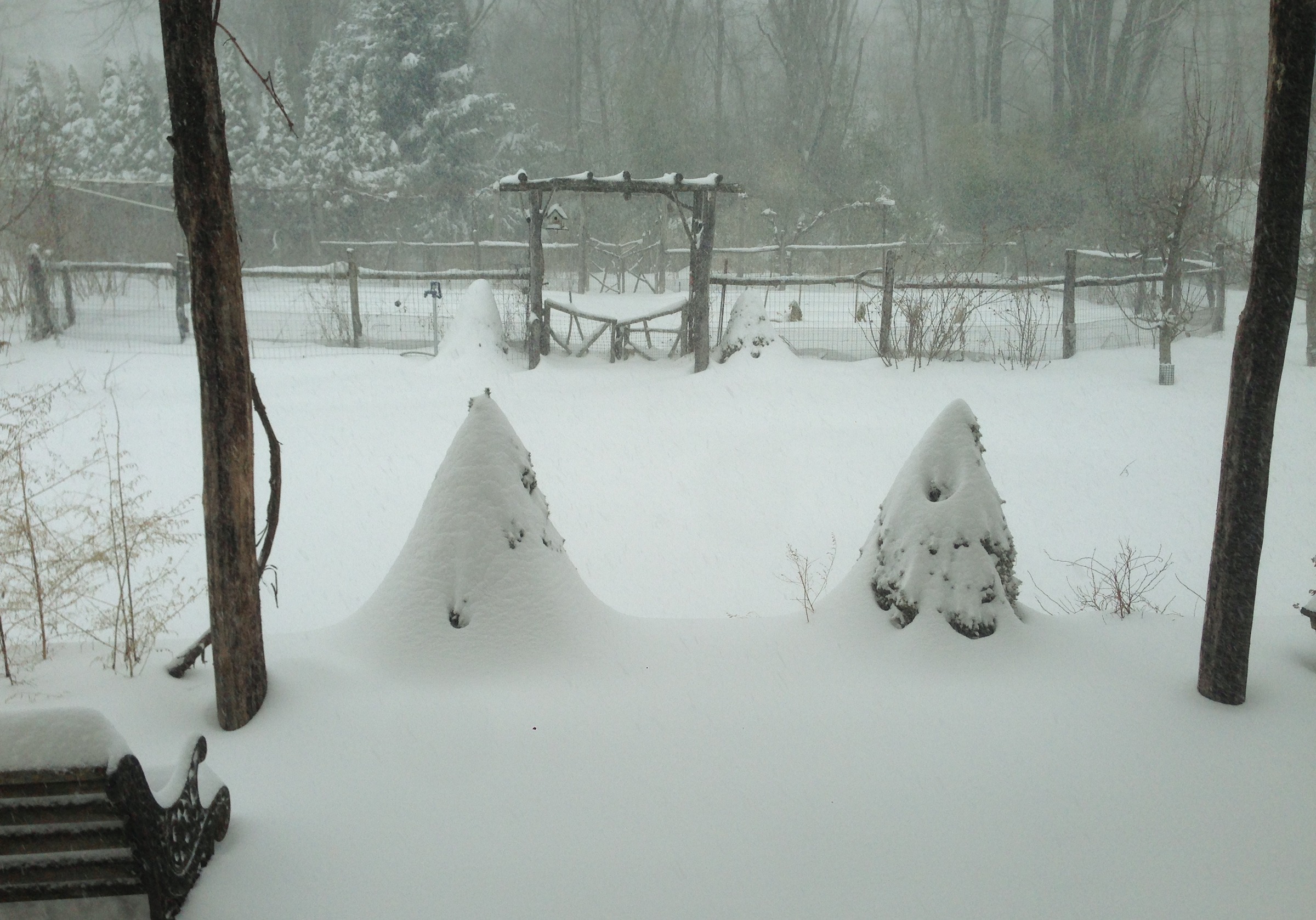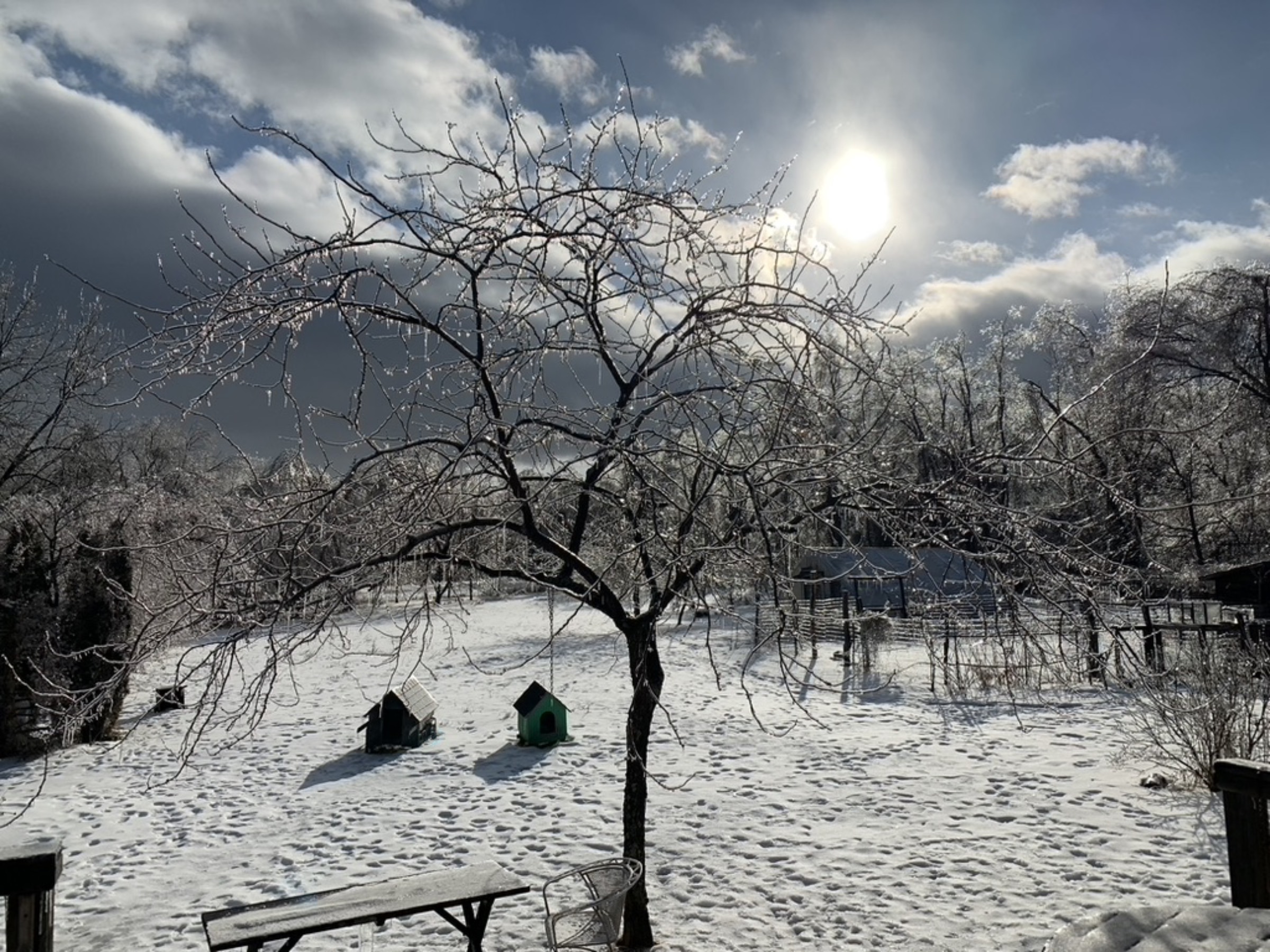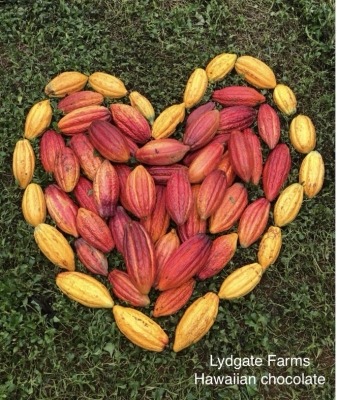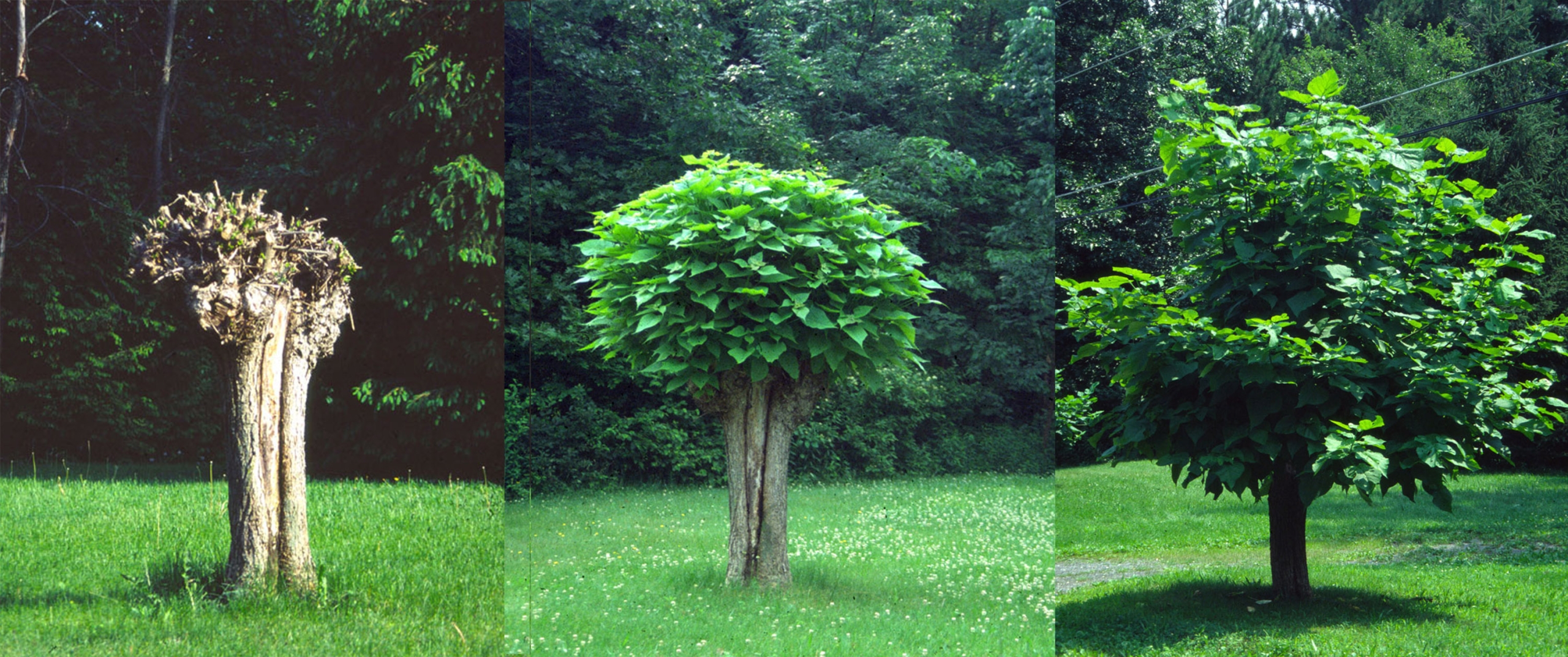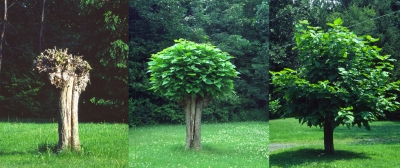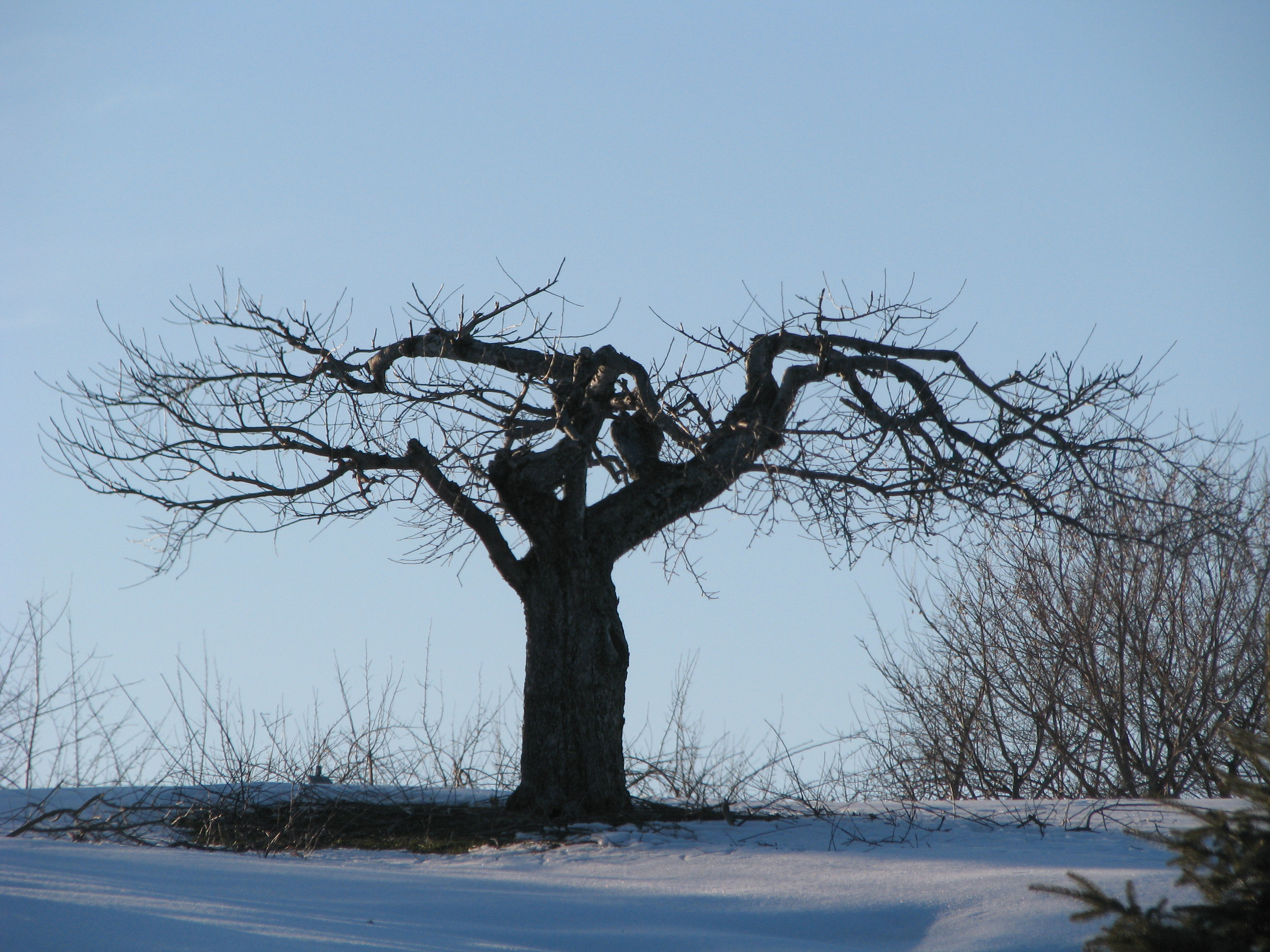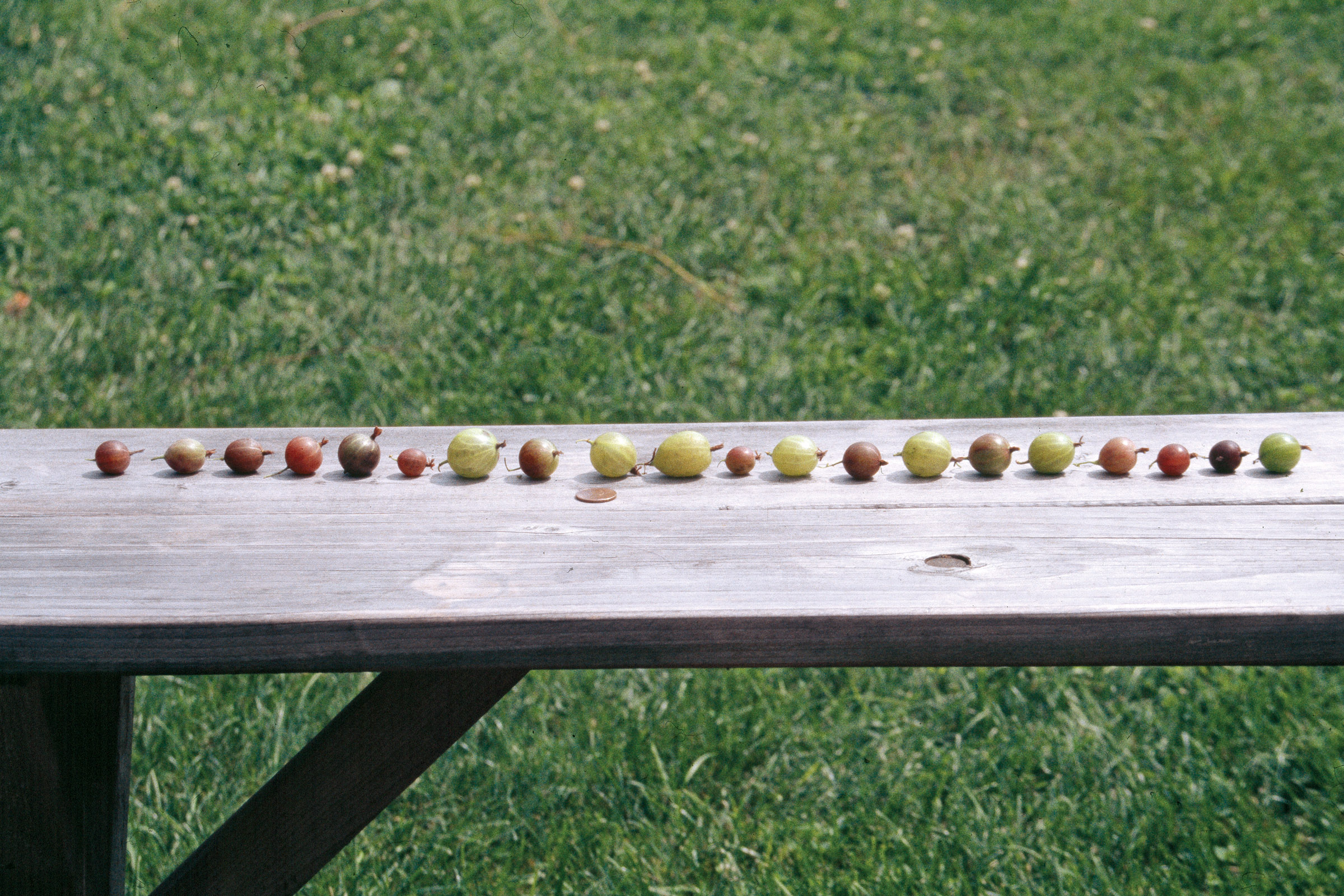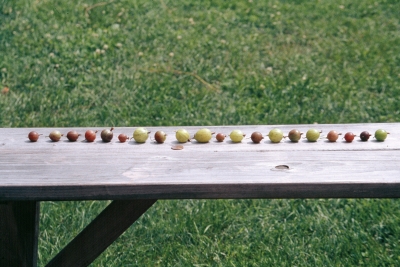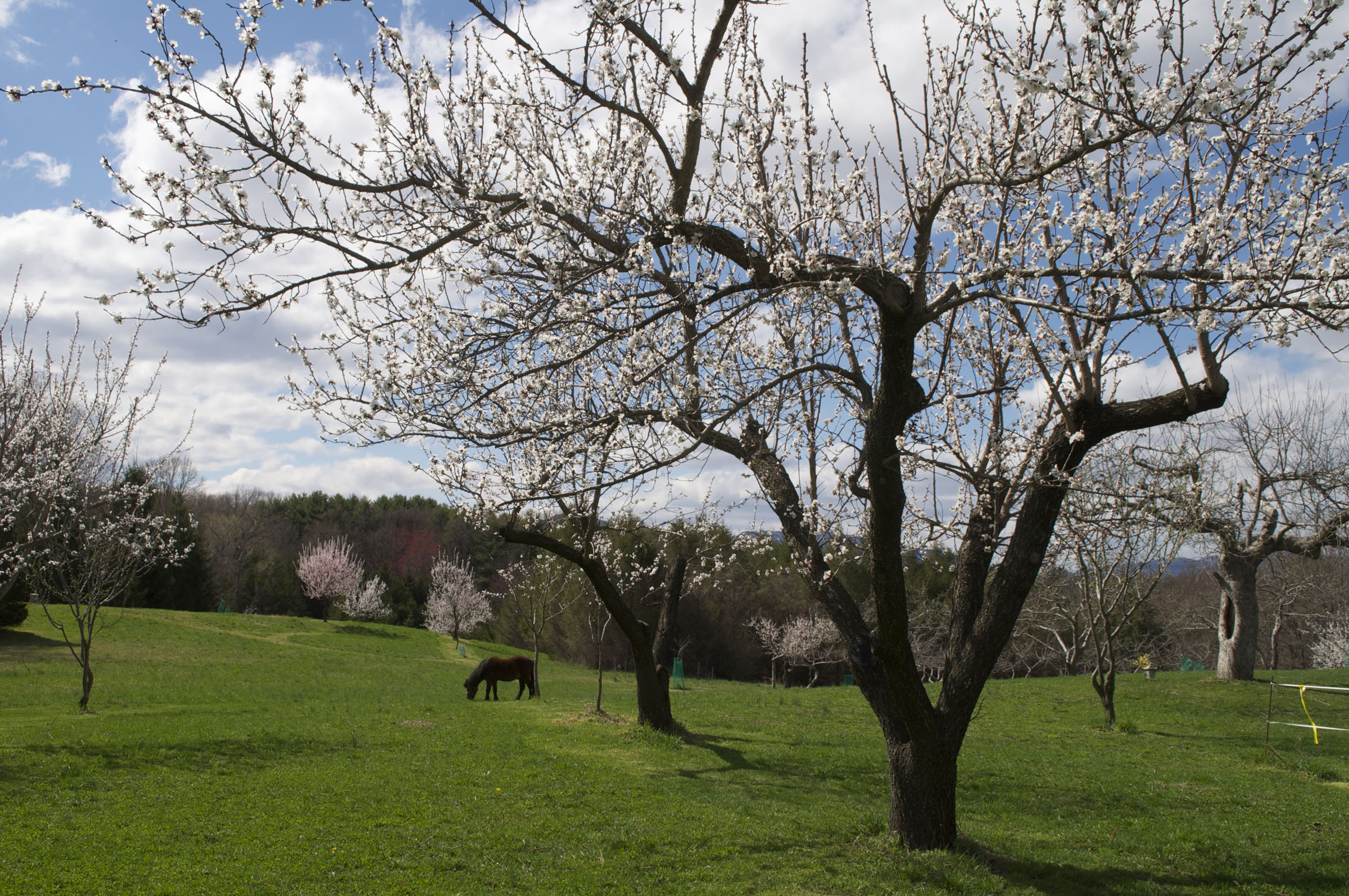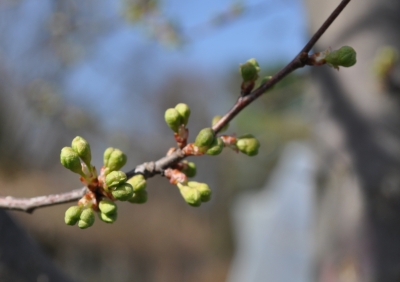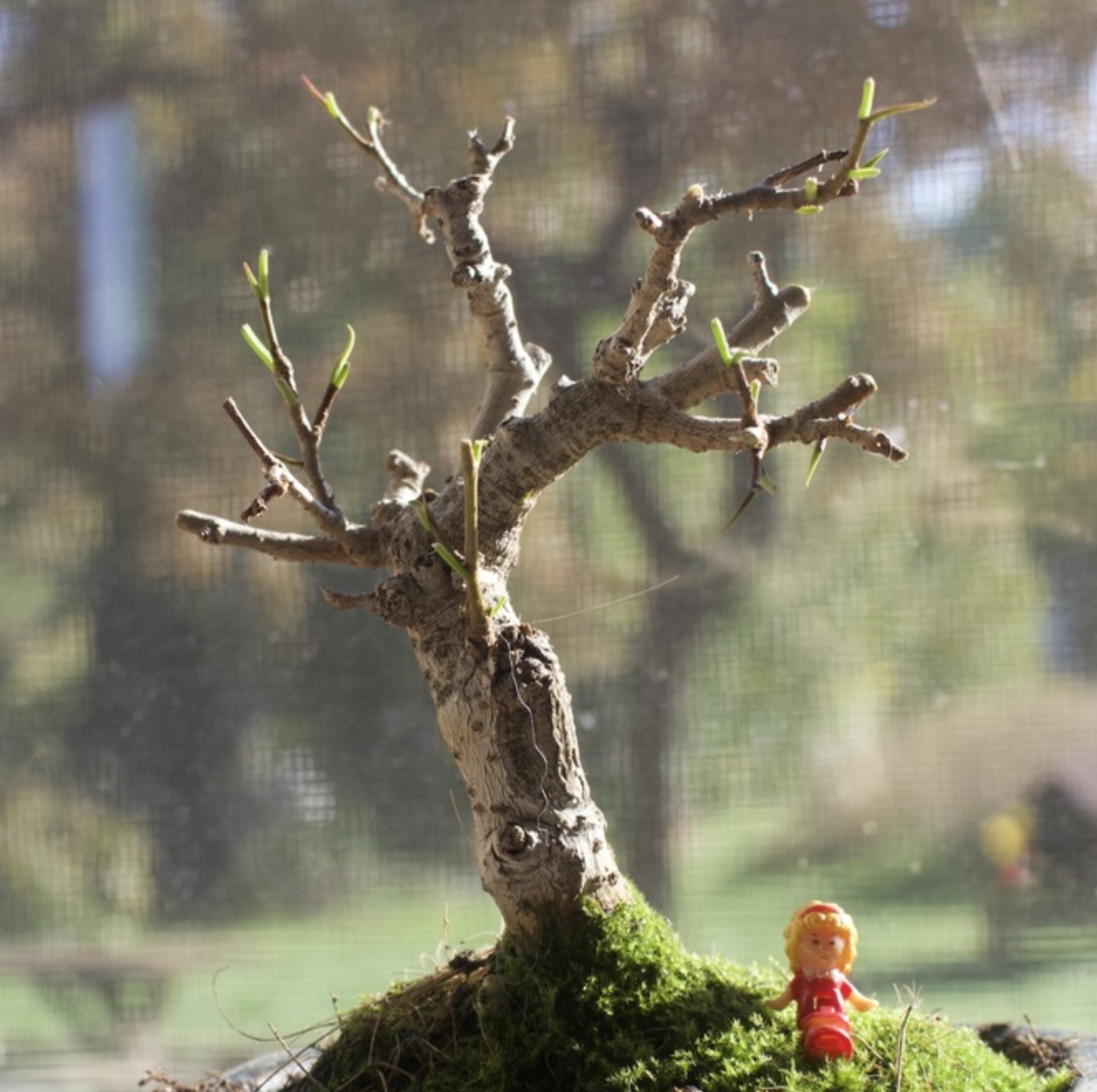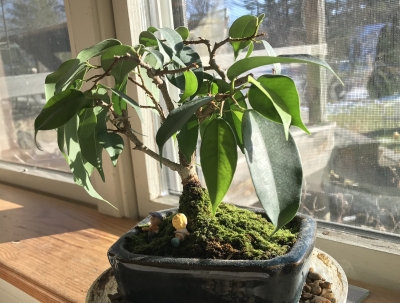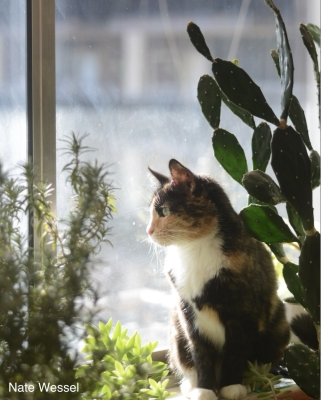WHERE’S HOME?
Migration
“Ladybug, ladybug fly away home…” Whoops, she did! And she’s made my home, and perhaps your home, her home. With spring just around the corner, she’s awakening and coming indoors.
Ladybugs are such lovable creatures that we — or I, at least — can’t call them a pest even when they act like one. Just now they’re creeping on windows along with cluster flies, also benign creatures but “pests” not at all welcome in my home. Ladybugs do get even peskier indoors: I occasionally find them marching across a pillow just before I lay down my head or scuffling along the edge of a teacup just before I take a sip.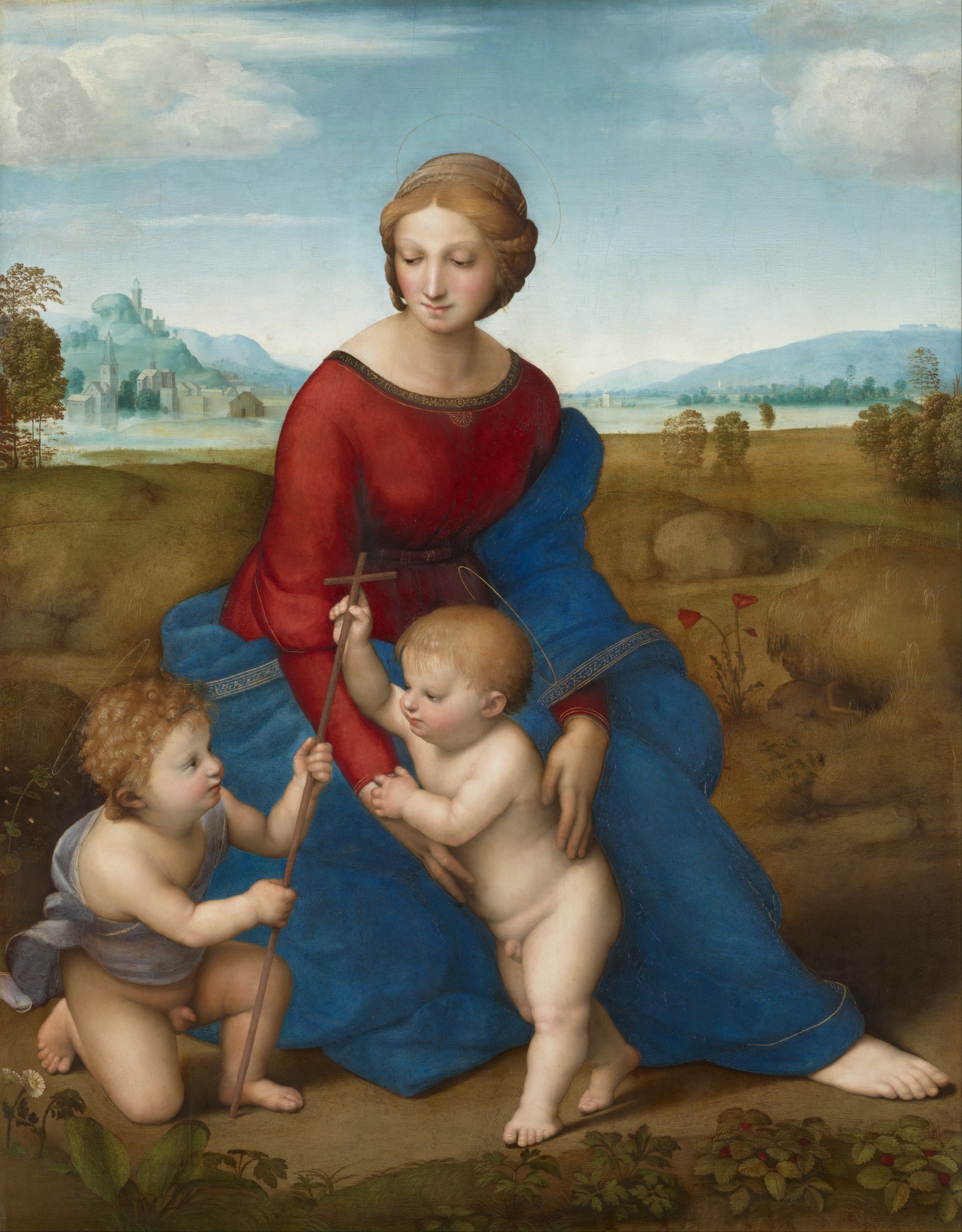
It’s not your imagination that the annual ladybug migration indoors has increased from years’ past. Read more

